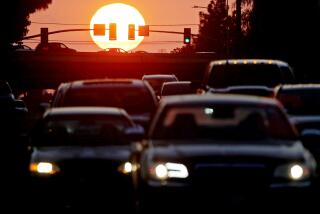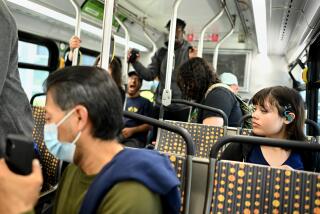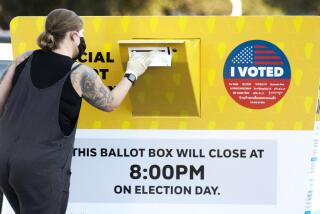The exercise gap: Itâs not that big
Itâs long been assumed that people with less money and education as well as members of certain ethnic groups get far less exercise than those who are white, richer and more educated. A new study, however, suggests that the exercise gap is smaller -- because of the day-to-day walking and biking people do, out of necessity, when they donât own cars or have limited access to them.
In a study of more than 55,000 Californians, researchers asked people about their leisure-time and non-leisure-time physical activity. This included such routine activities as walking to the bus stop or biking to a store.
When this type of activity was included, the study found, many more people were considered active -- particularly in lower income or education groups.
Many past surveys have attempted to quantify exercise in various ethnic and socioeconomic groups but those studies often examine only leisure-time exercise, says lead author David Berrigan, a biologist with the National Cancer Institute.
âTo fully understand the contribution of physical activity to health and the obesity epidemic, we need to assess physical activity in the full range of areas: leisure, transportation, work and household activity,â he says.
The study, published in the American Journal of Preventive Medicine, found that 48.8% of white Californians met physical activity recommendations of at least 30 minutes of exercise at least five days a week compared with 30.6% of Latino Californians, when counting leisure-time activity alone.
But that difference shrank to 7% (56.4% compared with 49.5%) when biking and walking for transportation was considered.
Likewise, when examining leisure activity alone, the study found that 51.6% of people with incomes at least four times the poverty level met the recommendations compared with 26.8% of those living below the poverty level. But that gap narrowed to 11% (58.5% versus 47.5%) when biking and walking for transportation was added to the mix.
The study also underscores the potential importance of walking and biking for transportation to help meet physical exercise goals -- even in car-happy California, says Berrigan. And it showed California is far from meeting physical activity recommendations. About 20% of those surveyed reported no activity and only half met the goals.






